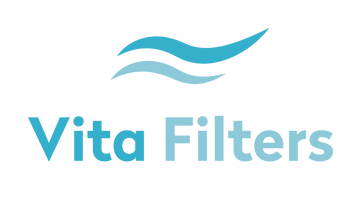Call or Text 303-736-9856

Reverse Osmosis Water Filtration System: How Does It Work?
When it comes to necessities, we all share the common need to remain hydrated. This means that having safe and clean drinking water is of top priority. Although tap water is safe to drink in the United States, the water can still be contaminated as it passes through the plumbing and pipes that deliver the water to your tap.
The best solution to guarantee safe water is to install some form of residential solution for purifying and filtering water. For those who have been looking to install a system, one of the options out on the market is the reverse osmosis water filtration system. Before you jump the gun and purchase one, it is important to be fully informed on what is available and how the system itself works. To find out more, continue reading for our expert breakdown of how reverse osmosis water filtration systems purify water supplies.
What is Reverse Osmosis?
The term might bring you back to science class in school. Osmosis is the process in which water passes through a semi-permeable membrane in order to obtain an equilibrium of solute concentration. A common experiment done is when pure water and salt water are divided with such a membrane, and the pure water passes through until the salinity on both sides are equal.
Reverse osmosis reverses this natural process in order to create more fresh water where one side of the membrane contains water that is highly concentrated with all the various undesirable particles and molecules. In order to produce this effect, pressure is applied to the water entering your home, pushing it through the semi-permeable membrane until only fresh water remains.
Reverse osmosis is able to filter out a wide range of contaminants, even on a molecular level. These substances include but are not limited to:
- Chemicals
- Chlorine
- Fluoride
- Lead
- Sediments
- Volatile organic compounds
- Dissolved solids
- And more…
Different Steps to Reverse Osmosis Water Filtration
To give a clearer overview of how the water goes from the main water supply through the reverse osmosis water filtration system and to your drinking cup, here are the different processes it goes through.
- Water from the municipal supply or well is transported to your property.
- This water then first enters the activated carbon pre-filter in your reverse osmosis filtration system. This step is necessary to ensure a longer lifespan for the semi-permeable membrane as it reduces the number of particulates that could cause damage. During this step, the activated carbon also reduces odors and chlorine.
- This water then goes through the reverse osmosis semi-permeable membrane. During this process, contaminants and other dissolved solids are sieved out by the membrane and drained away.
- The filtered water then proceeds into a storage tank waiting for use.
- When the faucet is turned on, this water then passes through another active carbon post-filter for a final elimination of odors and undesirable tastes.
Note that this process only gives a general overview of how reverse osmosis water filtration may work. This process will vary depending on the unit and producer, with some involving more membranes or filters to ensure even higher standards of purification for the final liquid output.


Leave a comment